Climate science
-
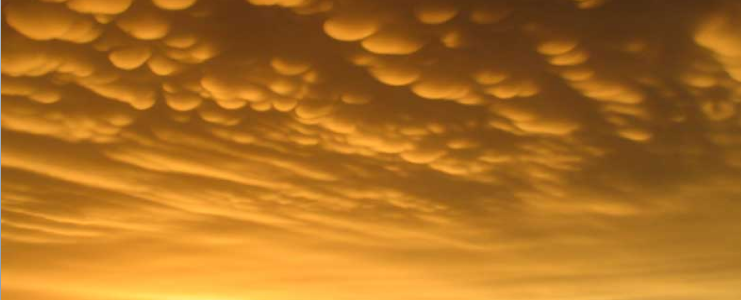
Have you ever seen mammatus clouds? They look like pillows of clouds hanging down from the undersides of thunderstorm anvils. Especially noticeable at sunset or any time when there is a low sun angle, but they can occur any time. Some of my friends reported seeing some yesterday with some thunderstorms that passed through Atlanta.…
-
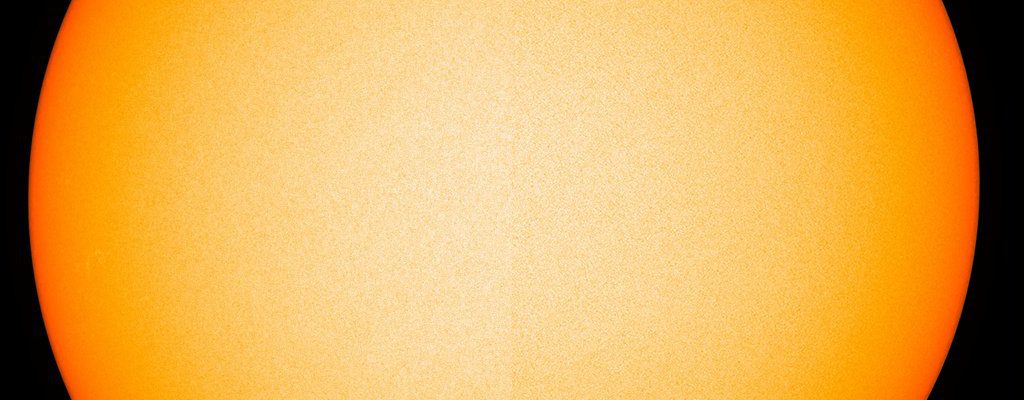
Happy Aphelion! The summer in the Northern Hemisphere is NOT warmer because we are closer to the sun. In fact, today marks the point in Earth’s orbit when we’re furthest from the sun. The exact time is 12:46 pm EDT when the Earth will be 94,507,803 miles from the Sun. We’ll be 3.1 million miles…
-
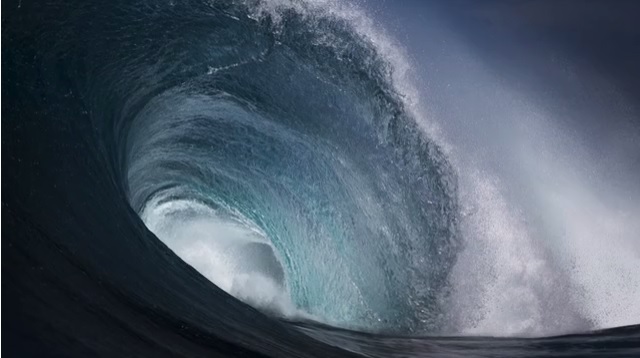
Did you go to the beach this Fourth of July? I wish I were there now! But if you can’t go, here is a cool video on what makes water waves form from EarthSky. You can view it at https://earthsky.org/earth/what-are-ocean-waves-video.
-
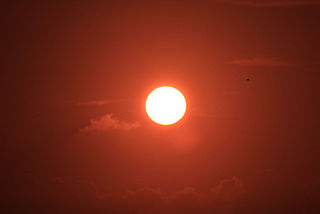
This week’s question from the Georgia Climate Project’s Roadmap deals with the threats we are likely to see from a warmer climate in the future. A timely topic this week as heat warnings are being issued for many parts of the eastern US this week as a dome of high pressure and hot, sunny conditions…
-
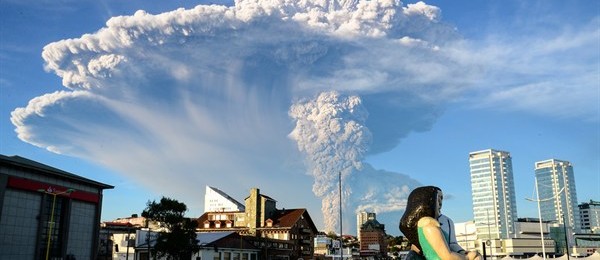
If you watch the news, you might think that the number of volcanoes erupting has increased in recent years. It’s an important question for climatologists since volcanic emissions can affect the climate. However, I saw this article from Smithsonian’s Global Volcanism Program today which indicates it really isn’t increasing, but the media are paying more…
Posted in: Climate science -
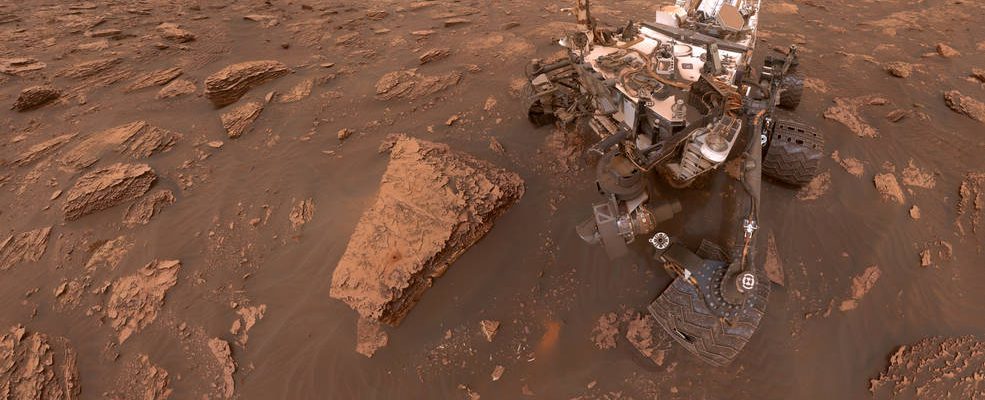
While weather on other planets is not going to affect agriculture here in the Southeast, the stories about new research results can be very interesting. Here are a few stories about the weather on Mars and Venus. Popular Mechanics: The Winds on Venus Blow Hard Enough to Shorten the Day NASA: Martian Dust Storm Grows…
-
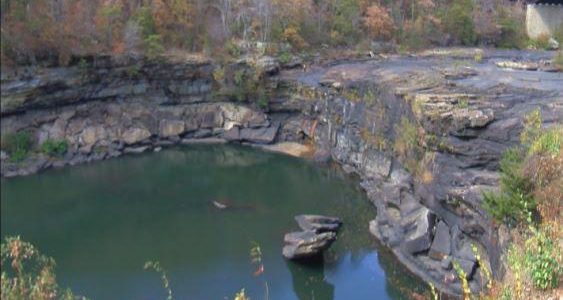
In this week’s look at the Georgia Climate Project Roadmap, we highlight the first question about water supplies in Georgia. It’s an especially timely topic this week as the US Supreme Court is due to release its opinions in the Georgia-Florida “water wars” case in the next few days. Many folks around the region are…